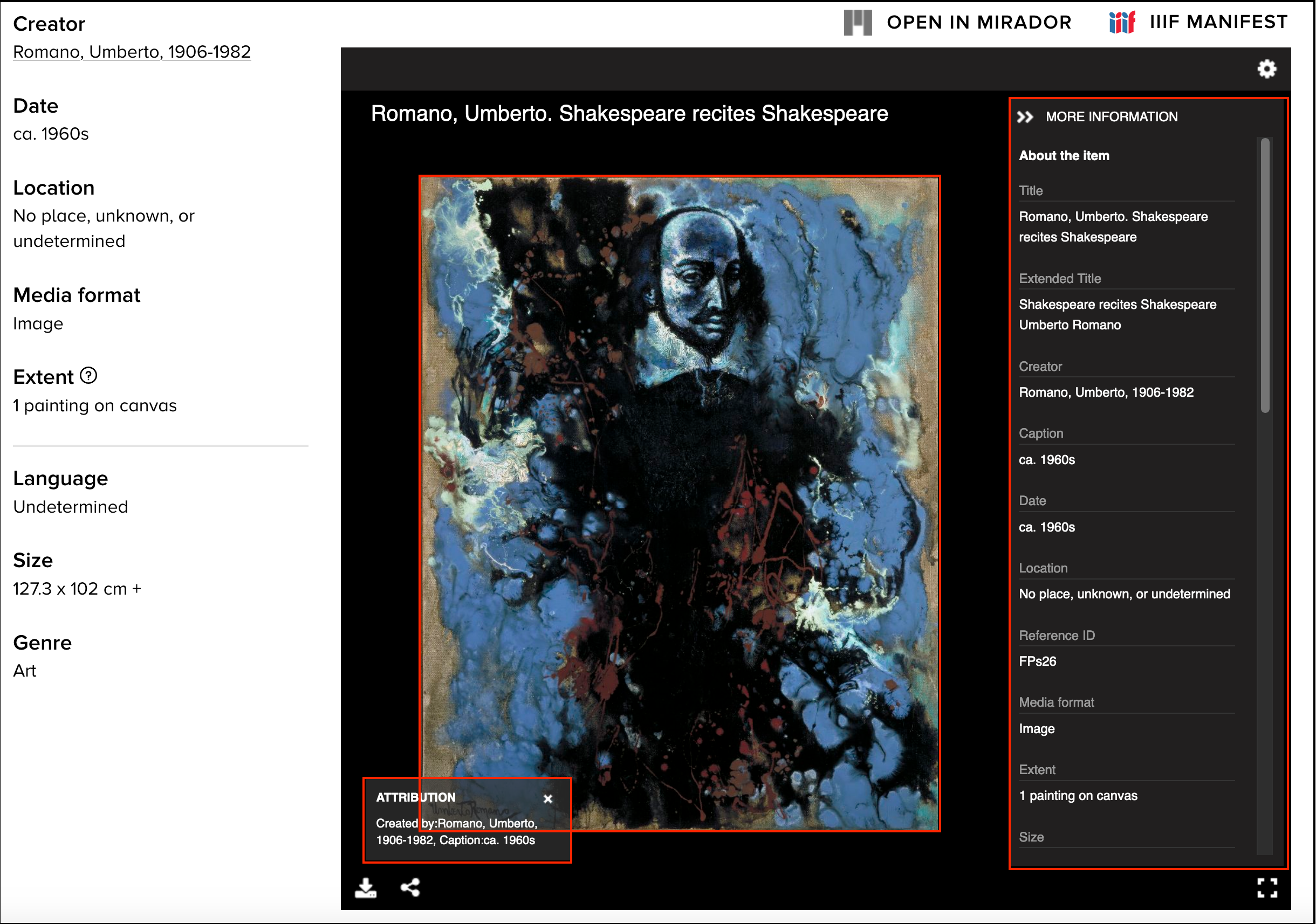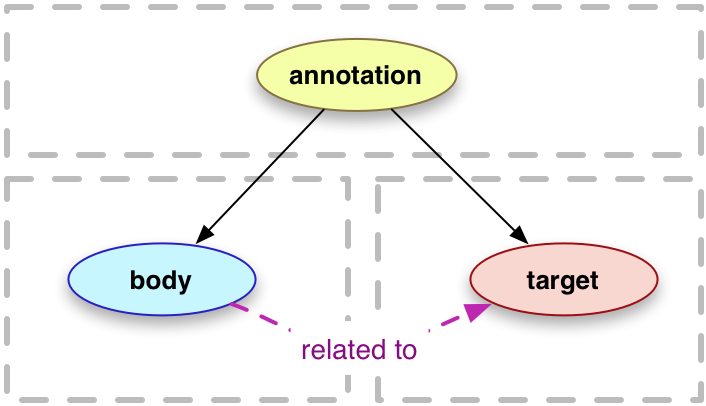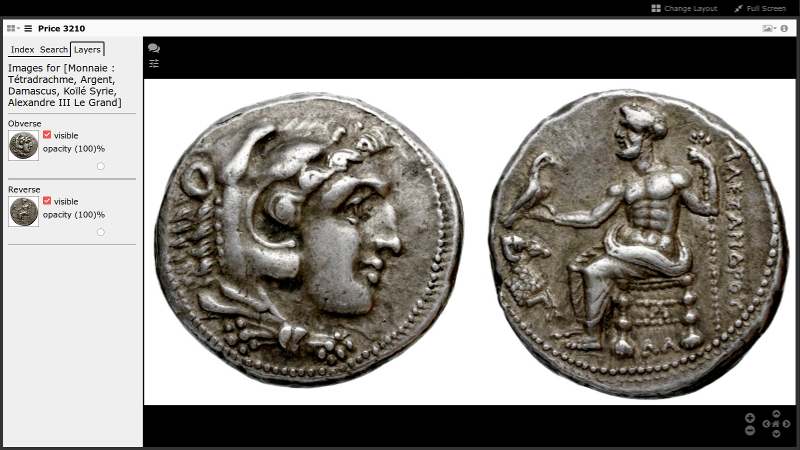IIIF Basics
For the purposes of this workshop we need to introduce one of the core aspects of IIIF which is a Manifest. This is a JSON document which describes a digital resource. It contains:
- Descriptive metadata like labels, rights and other information
- Links to Images and AV resources
- Ordering of Images in sequences and table of contents
A IIIF Manifest is the thing you view in a viewer like Mirador or the Universal Viewer. A viewer reads the manifest to understand what images should be shown. Take this example from the Folger Shakespeare Library where the descriptive metadata and image information has been highlighted:

This digital object is available in the Folger here. The Manifest for this object is available here.
For this course it is not important to understand how the Manifest works but as demonstrated in the IIIF introduction it is possible to take a Manifest from one place and open it in another viewer. For example the Folger manifest can be opened in Mirador by following this link.
In the hands on annotation session discussed later we will be taking a Manifest from an institution and then adding annotations.
Annotations
There are many uses of annotations they can be:
- Transcribing documents either by hand or using automated methods like Transkribus for hand written material or OCR for printed works.
- Created as part of a Crowdsourcing project
- Created through research for example tagging common features in art works or identifying hand written annotations in a printed book
- Created for teaching or explaining content.
- A way of discussing content maybe in a classroom setting as an assignment
Annotations in IIIF follow the W3C annotation model and its precursor Open Annotations. I won't go into too much detail but the overall structure looks as follows:

Where:
- The annotation contains links to the body and target and metadata like an ID and motivation (the reason for the annotation e.g. commenting, transcribing etc.)
- The body is the content of the annotation for example a tag or the text of a line
- The target is what the annotation is pointing to for example a page in a book or a region of an artwork.
As with a Manifest this is also encoded in JSON and you can see an example below:
{
"id": "http://localhost:8887/coin/list/1",
"type": "Annotation",
"motivation": "commenting",
"body": {
"type": "TextualBody",
"format": "text/plain",
"chars": "Zeus seated on stool-throne"
},
"target": "http://localhost:8887/coin/canvas#xywh=3706,208,522,522"
}
For the following image:

The other terminology we may come across is an Annotation List or Annotation Page in IIIF 3.0. These are as you might expect are a list of annotations and are generally at a page level.